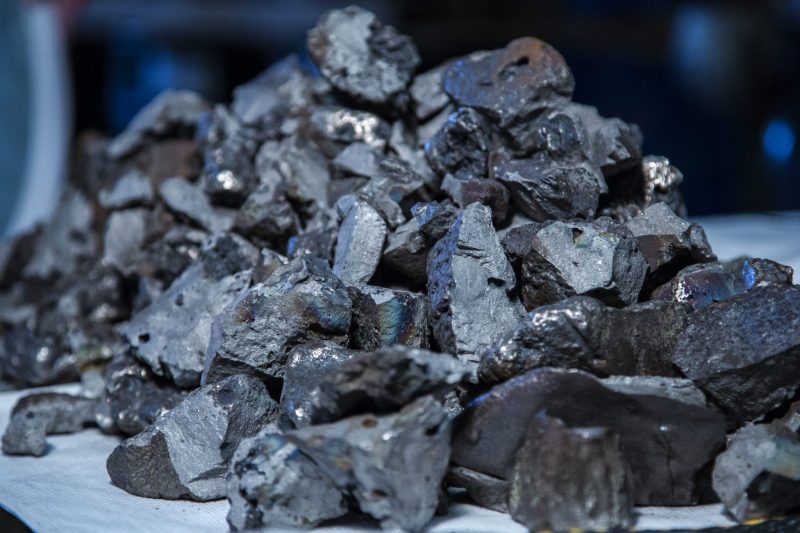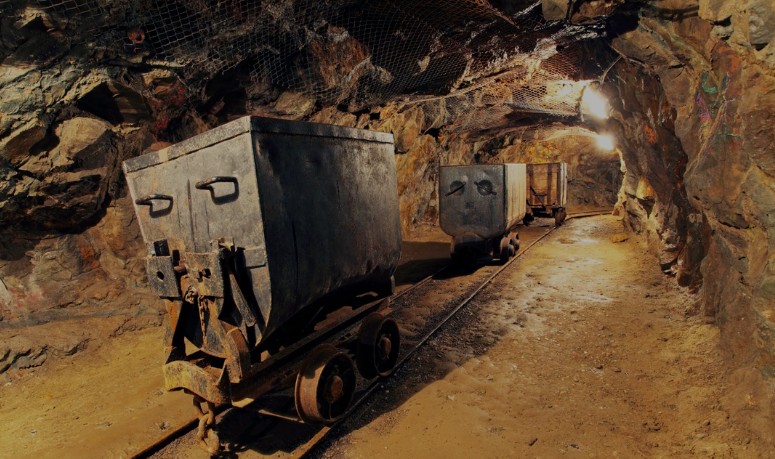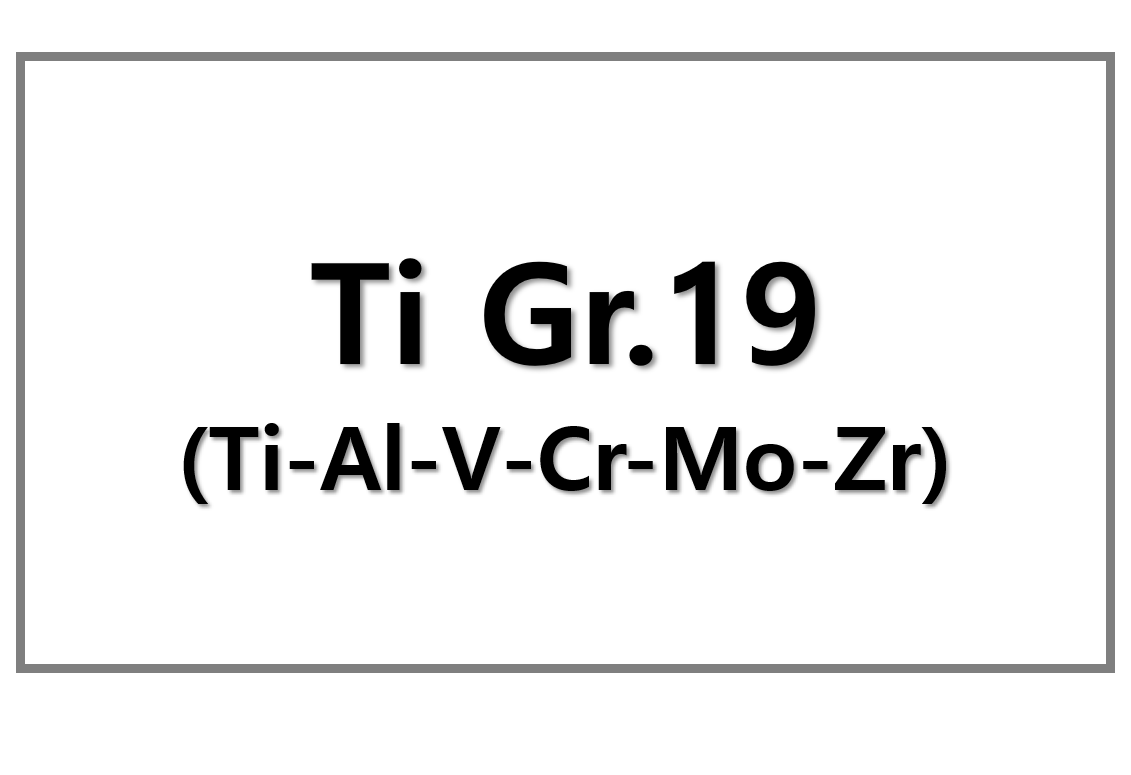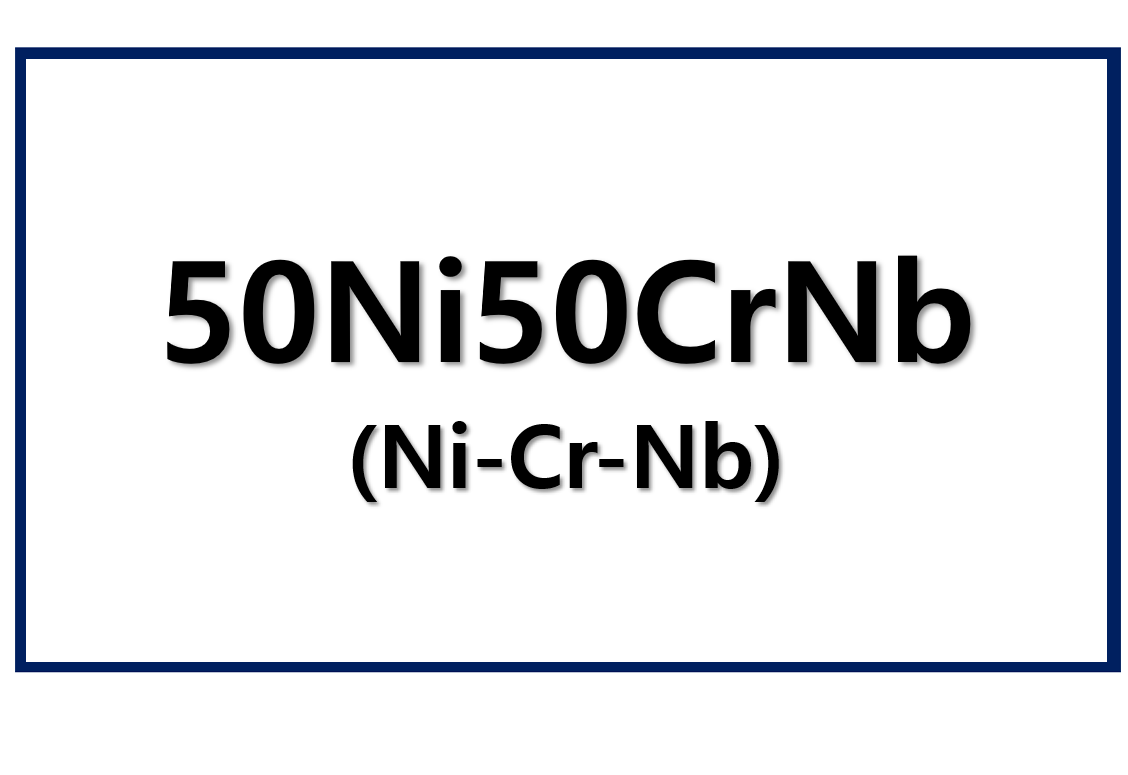
Ferroalloy prices faced a decline in mid-April, driven by weak demand, despite rising production costs. Manufacturers are struggling to adjust their supply strategies in light of the market conditions. The decrease in prices reflects pessimism about a short-term market recovery.
Silicomanganese Prices Decline in Key Markets
In China, spot offers for 65% manganese silicomanganese (Mn 65%) dropped by $6 per ton from April 14 to April 21, reaching $799-$836 per ton EXW. Similarly, futures contracts for May delivery on the Zhengzhou Commodity Exchange (ZCE) fell by $4 per ton to $811 per ton. This trend indicates trader uncertainty, as many believe market conditions will not improve in the near future.
India also saw a decline in prices for manganese silicomanganese. The indicative price for 53% manganese silicomanganese (Mn 53%) dropped by $6 per ton to $985 per ton EXW Durgapur by April 21. However, actual selling prices were even lower. A local plant in Durgapur recorded a deal for 210 tons of product at $982 per ton EXW.
Rising Costs and Weak Demand Impact Ferroalloy Producers
Despite the declining prices, ferroalloy manufacturers in India face increased production costs. In April, electricity tariffs in India rose, expected to raise the cost of ferroalloy production by $58 per ton. Additionally, the price of Australian manganese ore increased by 4%, reaching $5 per ton CIF China during the first half of April. These rising costs have yet to be passed on to buyers, as export prices remain weak.
Indian ferroalloy producers attempted to raise export quotations by $3 per ton to $945 per ton FOB, but demand from importers in Turkey, the UAE, and Japan fell as a result. The weaker demand from these key markets further reduces opportunities for Indian producers.
US Anti-Dumping Investigation Adds Further Pressure
The ongoing anti-dumping investigation by the US International Trade Commission (ITC) into ferroalloy imports from Brazil, Malaysia, and Kazakhstan adds to the pressure on global ferroalloy markets. Exporters from these countries may redirect their products to other markets, potentially further decreasing prices.
In India, the challenges in the export market have hindered producers from benefiting from rising domestic steel prices. However, domestic demand remains strong, with increasing volumes of ferroalloys directed to local markets. The expected rise in domestic steel prices due to a 12% import duty could contribute to an increase in ferroalloy prices by the end of Q2.
Steel Price Growth in India Could Lead to Higher Ferroalloy Prices
India’s steel market is showing signs of strength. The cost of rebar in India rose by $12 per ton to $668 per ton EXW Mumbai in the first half of April. Metal traders expect continued price increases, driven by strong demand from local construction companies. As steel prices rise, it could set the stage for higher ferroalloy prices, particularly by the end of Q2 2025.
For more updates on the ferroalloy market and global metal trends, visit SuperMetalPrice, your trusted source for metals and alloys industry news.











Leave a Reply
You must be logged in to post a comment.